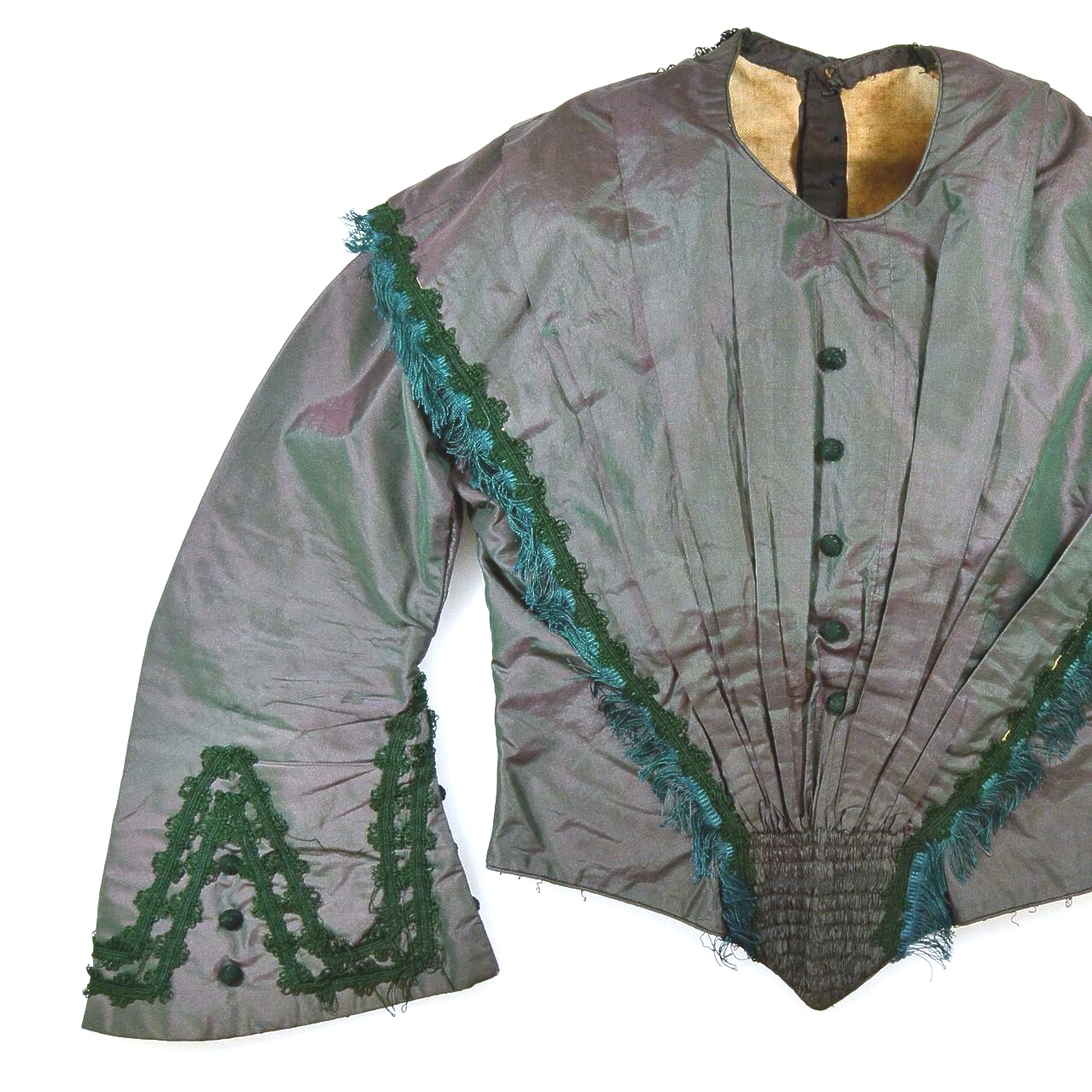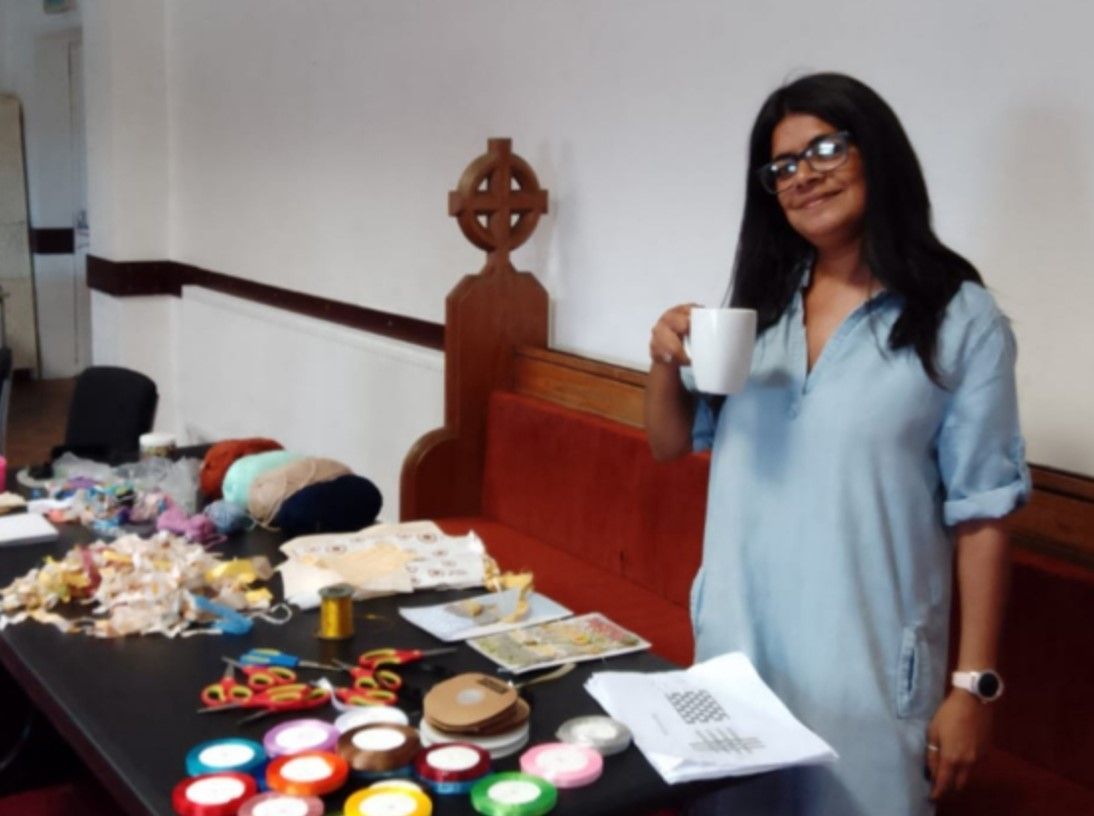Introducing Ethical Textiles
The Fashion and Textiles industry is one of the most polluting and unsustainable industries on the planet. Fast Fashion has become a by word for cheap clothes but at what cost to the environment and to workers in the garment industry at home and abroad? And what are the alternatives? What can local communities do to make a difference? Is “Slow Fashion” affordable for the average person?
How can our Ethical Textiles project help?
Would you like to explore ways to address this issue and learn new ideas and skills along the way? The Ethical Textiles project aims to explore the context and impact of Fast Fashion and present an alternative. Looking at learning from the past, preserving craft skills, learning to repair and preserve, developing local products, understanding and using eco-friendly materials, with the goal of protecting the environment and presenting a different view of the value and cost of the clothes that we wear, the textiles we buy and the associated industries. Inspired by items from the collection we will work with people from across the local community on events, activities, exhibitions and campaigns that promote the idea of sustainable fashion for all.
Why are we doing this?
The UK Parliamentary report into the Fashion industry – called Fixing Fashion (published February 2019) states that most garment workers across the world exist on poverty wages and poor conditions. It is even stated that forced labour is used on cotton plantations in some central Asian countries. Even in the UK some companies pay less than the minimum wage so that they can sell their clothes so cheaply that they can be regarded as single use items.
Greenpeace report that UK consumers buy more clothes per person in the UK than any other country in Europe and we are estimated to buy 400% more clothes now than we did 20 years ago! Some unwanted clothes get donated to charity but many items are not resold so end up either being turned into insulation or mattress stuffing. Large quantities of unwanted clothes are simply thrown away and end up in landfill or incinerated. A tiny amount of materials from unused clothing is recycled into new clothing at the end of its life.
Are you wondering what you can do as one individual about all of this? One conclusion of the parliamentary report is that the most sustainable garment is the one we already own and that repairing, re-wearing, reusing and renting are preferable to recycling or discarding clothes.
Three ways to make a difference:
1. Give your old clothes away to friends or to charity shops but remember only a third of donations actually are resold. The rest go into landfill so only donate high quality clothes.
2. Recycle and repurpose. Learn to repair and reuse. Colourful and creative patching and darning can make your clothes original and different. If they are too damaged to repair, make them into quilts or rugs or other products.
3. Swap your clothes. Organise a one off event or set up a clothing exchange where people can bring something and take something away.
Further reading:
UK Parliament. (2019) Fixing Fashion: clothing, consumption and sustainability
Greenpeace. Fast Fashion. Three tips to reduce your textile waste
Image credits: Image 1 (Customer with shopping bags) Thanks to Sarah Pflug of Burst. Images 2 & 3 (Pile of laundry and Sewing supply jars) Thanks to Matthew Henry of Burst












